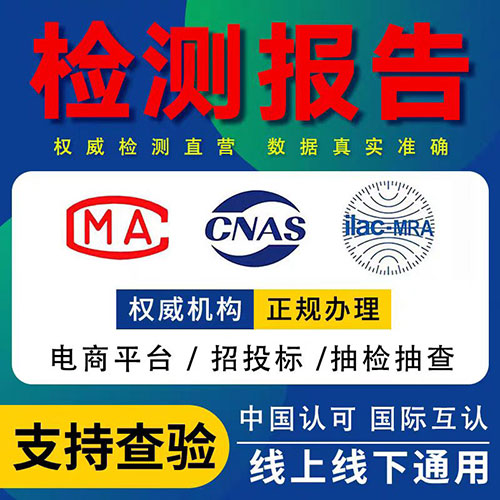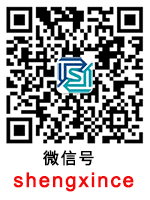rohs和reach的声明书英文
Understanding the RoHS and REACH Declarations in Electronics Manufacturing
As an SEO editor focused on all things related to the electronics industry, it is essential to have a solid understanding of the RoHS and REACH declarations. These two declarations set out to regulate the use of hazardous materials in electronics manufacturing. In this article, we will delve into the world of RoHS and REACH declarations and their impact on electronics production.
What is RoHS?
RoHS stands for Restriction of Hazardous Substances, which is a directive that was passed by the European Union in 2003. The directive aims to restrict the use of specific hazardous materials, including lead, mercury, cadmium, and chromium, in the manufacture of electrical and electronic equipment. The RoHS directive applies to all products that are intended for sale in the EU. It is important to note that RoHS applies to the final product, not just the components used in production.
What is REACH?
REACH stands for Registration, Evaluation, Authorization, and Restriction of Chemicals. It is a regulation that was also passed by the European Union in 2006. REACH aims to identify and regulate hazardous substances that are used in all aspects of production, including the production of electronics. One of the critical aspects of REACH is that it makes manufacturers responsible for the chemicals they use in their products and requires them to register with the European Chemicals Agency to ensure that all chemicals used are safe.
The Importance of RoHS and REACH
RoHS and REACH are essential regulations for the electronics industry, as they help protect the environment and human health. The use of hazardous substances in electronics can be harmful to the environment, particularly if the products are not disposed of correctly. RoHS and REACH ensure that all electronics produced and sold in the EU are environmentally friendly and safe for human use.
Compliance with RoHS and REACH
Complying with RoHS and REACH is crucial for manufacturers producing electronics for sale in the EU. Failure to comply with these regulations can result in significant fines and legal action. Manufacturers must ensure that they are using compliant components and chemicals in the production of their products. It is also essential that manufacturers understand the regulations that different countries have in place concerning RoHS and REACH, as they can vary from country to country.
The Future of RoHS and REACH Declarations
RoHS and REACH are constantly evolving to keep up with the ever-changing electronics industry. With the introduction of 5G networks, the Internet of Things (IoT), and other emerging technologies, the use of hazardous materials in electronics may increase. Therefore, it is essential for manufacturers to keep up with these changes and ensure that their products comply with any new regulations implemented.
Conclusion
As an SEO editor, it is crucial to have a thorough understanding of RoHS and REACH declarations in electronics manufacturing. These regulations aim to protect the environment and human health by regulating the use of hazardous materials in electronics production. Compliance with RoHS and REACH is essential for manufacturers producing electronics for sale in the EU, and failure to comply can result in significant fines and legal action. As the electronics industry continues to evolve, RoHS and REACH will need to adapt to meet new challenges and ensure that the industry remains safe and environmentally friendly.

 有样品要送检?试试一键送检,15分钟极速响应
有样品要送检?试试一键送检,15分钟极速响应



